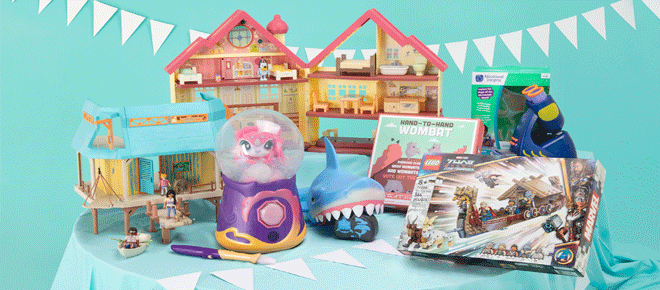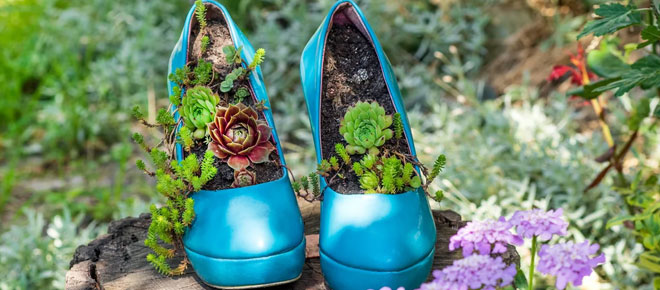Sustainable Fashion: The Future of the Industry
Fashion has always been a reflection of culture and society, but in recent years, it’s also becoming a voice for environmental change. Sustainable fashion is more than just a buzzword; it’s a movement that focuses on producing clothes in a way that minimizes harm to the environment. This shift is driven by a growing awareness of how traditional fashion practices contribute to pollution, waste, and exploitation.
The core idea behind sustainable fashion is simple: reduce the negative impact of fashion on the planet. The fast fashion industry, known for its mass production of cheap and trendy clothing, is responsible for a large amount of textile waste. Clothes are often worn only a few times before being discarded, filling landfills and contributing to pollution. On top of this, the production process often involves harmful chemicals, excessive water use, and unfair labor practices.
Sustainable fashion, on the other hand, focuses on using eco-friendly materials like organic cotton, hemp, bamboo, and recycled fabrics. These materials not only reduce environmental harm but also promote a more ethical approach to fashion. Brands that focus on sustainability are also embracing fair trade practices, ensuring that the people making the clothes are paid fairly and work in safe conditions.
Images of eco-friendly fabrics, like organic cotton or clothes made from recycled plastics, can help showcase the versatility and beauty of sustainable fashion. Fashion lovers can still be trendy while making a positive impact on the world.
The appeal of sustainable fashion is also seen in the rise of "slow fashion." Unlike fast fashion, slow fashion encourages consumers to buy fewer, high-quality items that last longer. This change in mindset pushes us to think about how we consume and value our clothing. Instead of buying clothes that will only last for a season, slow fashion promotes the idea of investing in timeless, durable pieces.
In addition to buying from sustainable brands, there are many ways consumers can make their wardrobes more eco-friendly. Thrifting and buying second-hand clothing has become increasingly popular as a way to reduce waste. Not only is thrifting more affordable, but it also extends the life cycle of clothing. Repairing clothes instead of throwing them away is another step people can take to adopt a more sustainable lifestyle. These small changes can lead to a big difference in reducing the environmental footprint of the fashion industry.
Sustainable fashion also doesn’t mean sacrificing style. In fact, many designers are finding new ways to innovate by using sustainable materials in their collections. From high-end fashion houses to small independent designers, sustainability is influencing the way clothes are designed, produced, and worn. Even major fashion weeks are starting to highlight sustainable designers, pushing the movement into the mainstream.
In conclusion, sustainable fashion is not just a trend; it’s the future of the industry. With a growing focus on reducing waste, promoting ethical practices, and using eco-friendly materials, the fashion world is slowly but surely changing for the better. By making conscious decisions about what we buy and how we wear our clothes, we can all contribute to a more sustainable and stylish world.








































.jpg)





